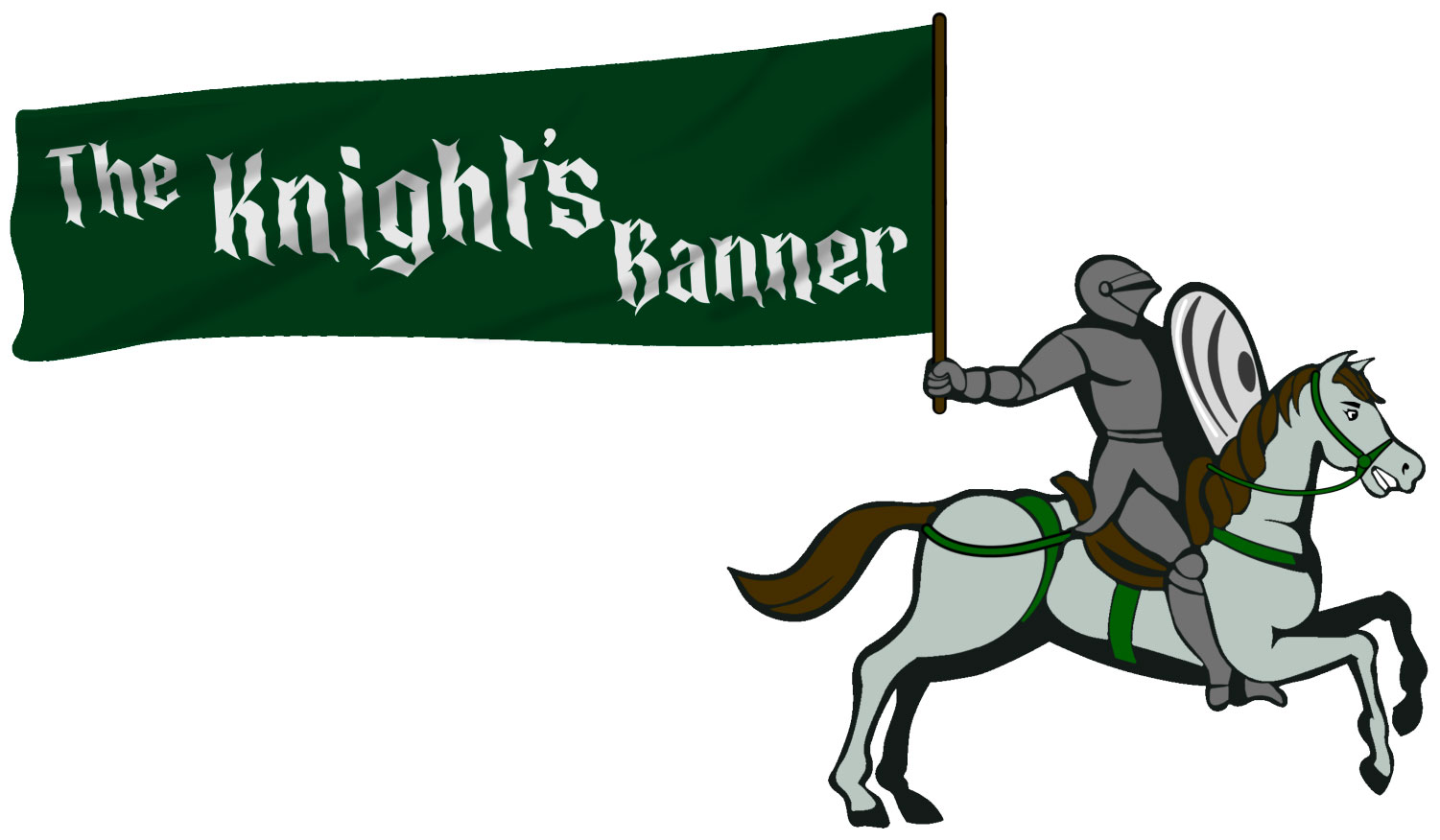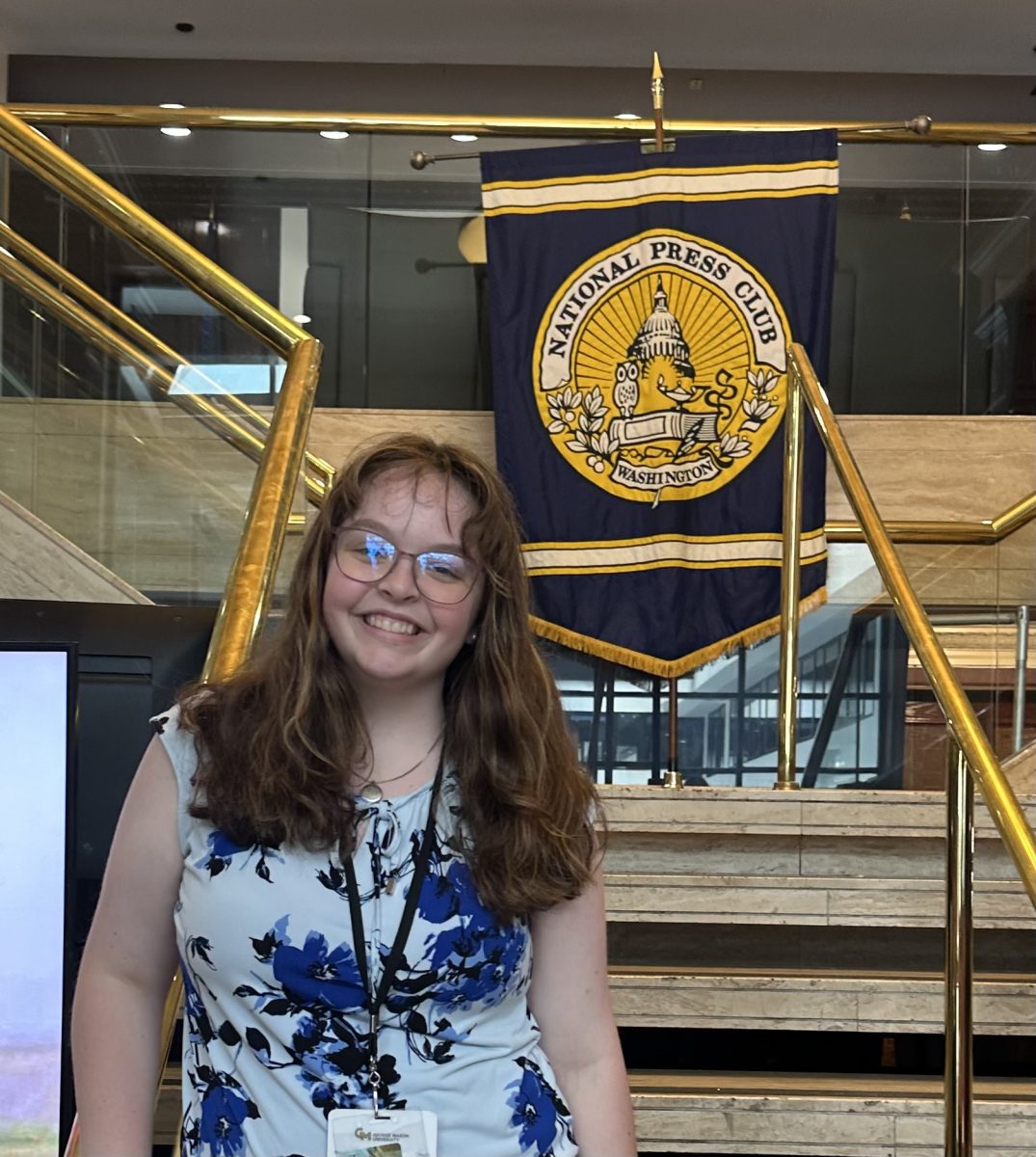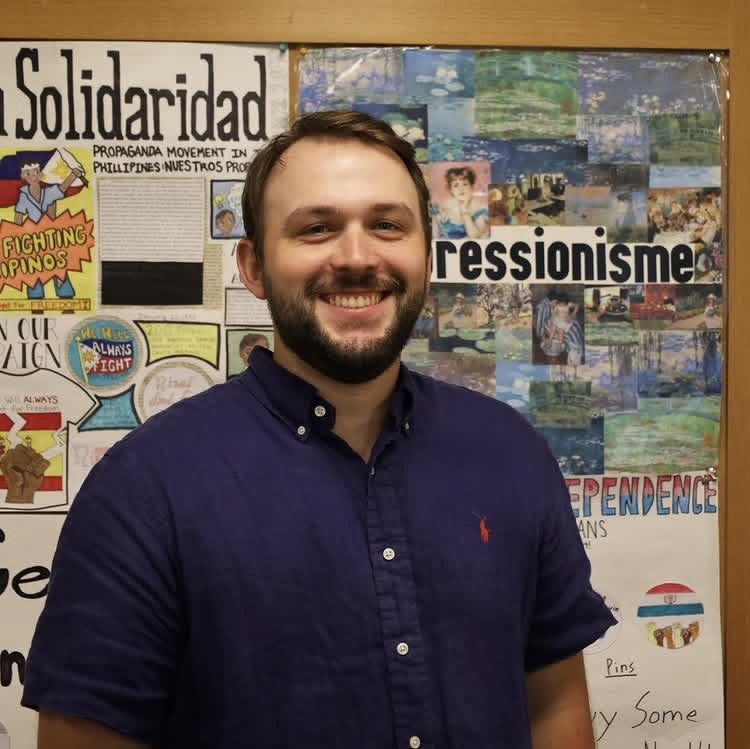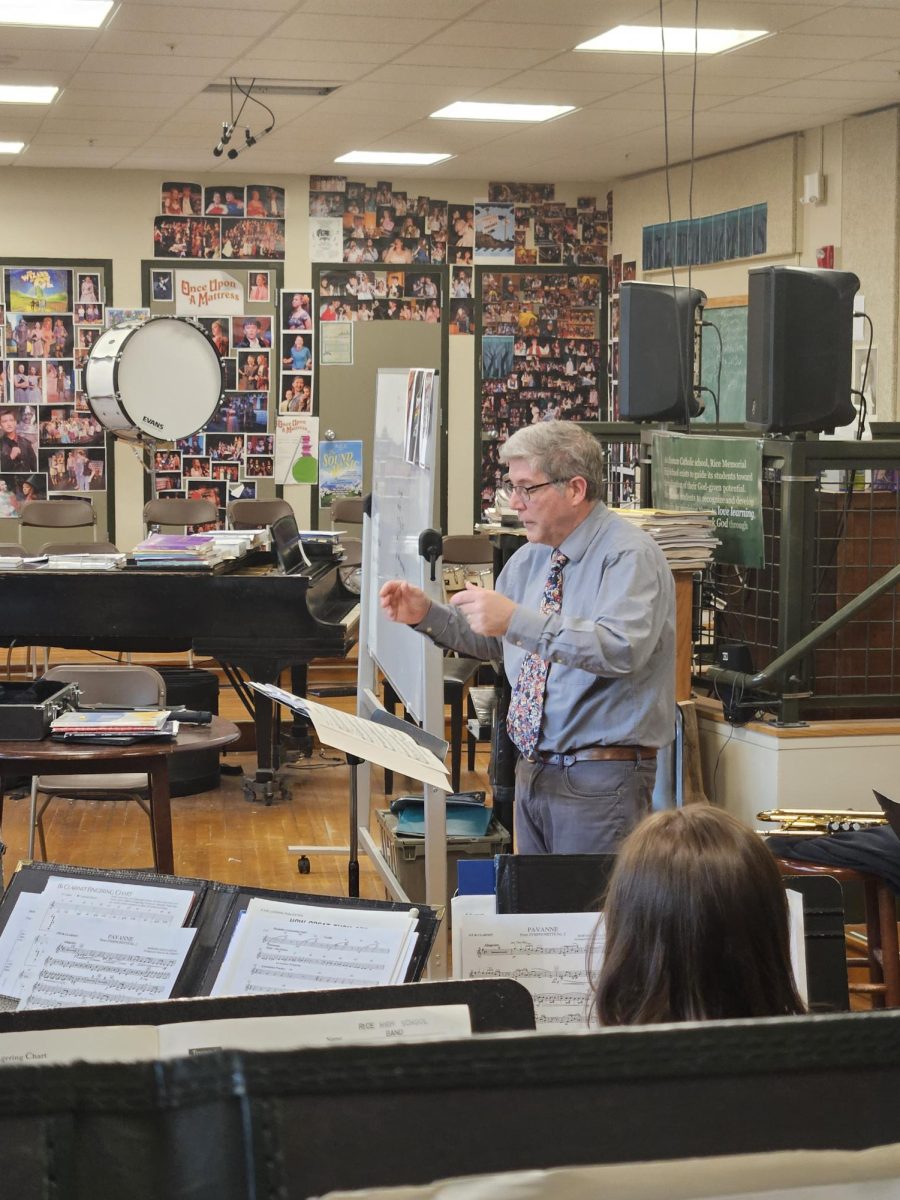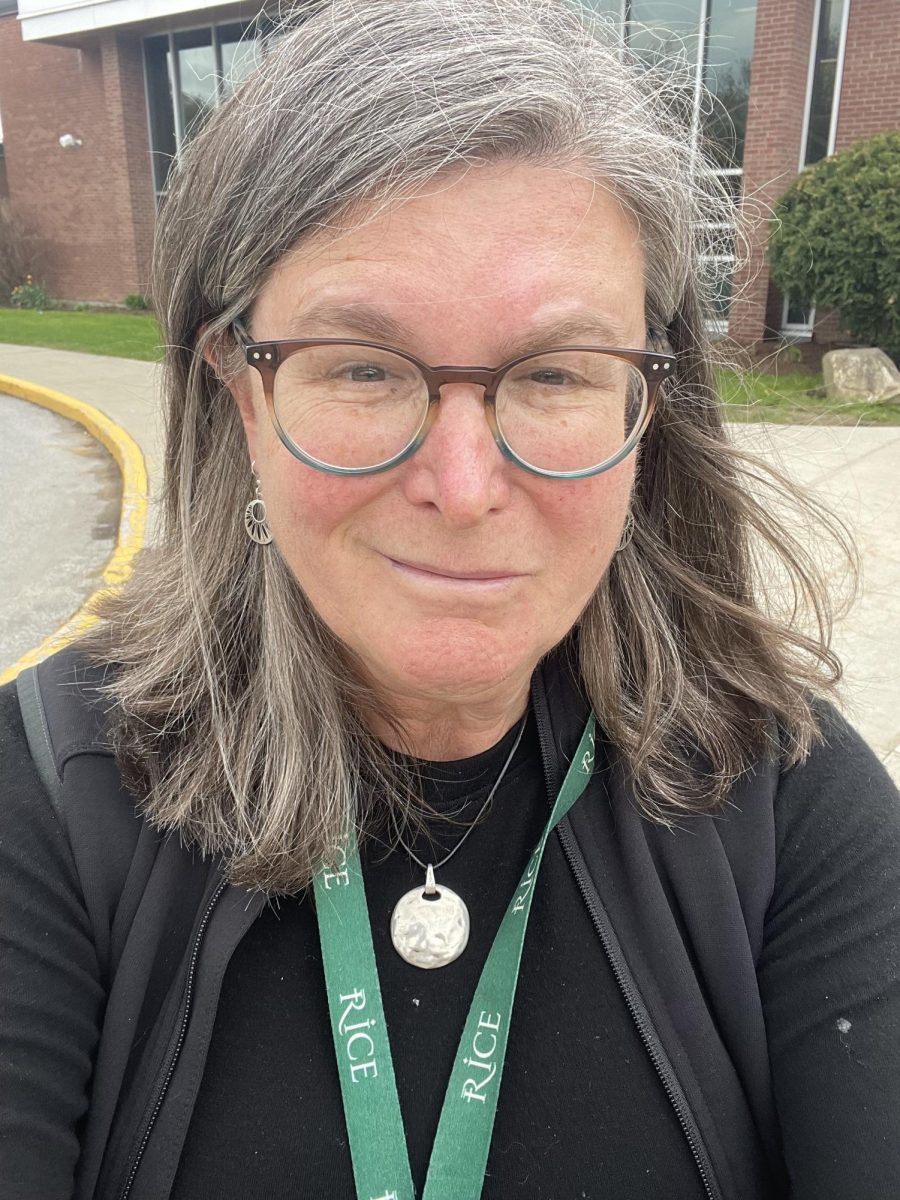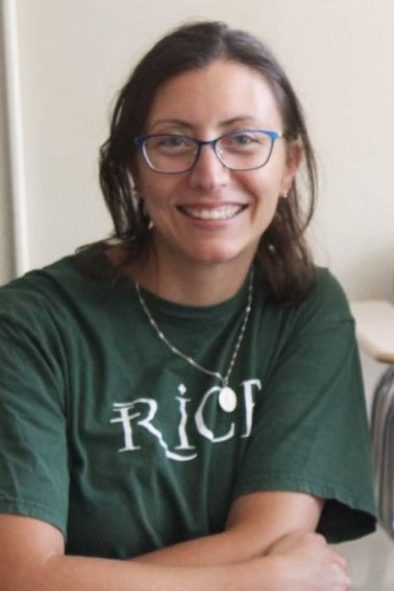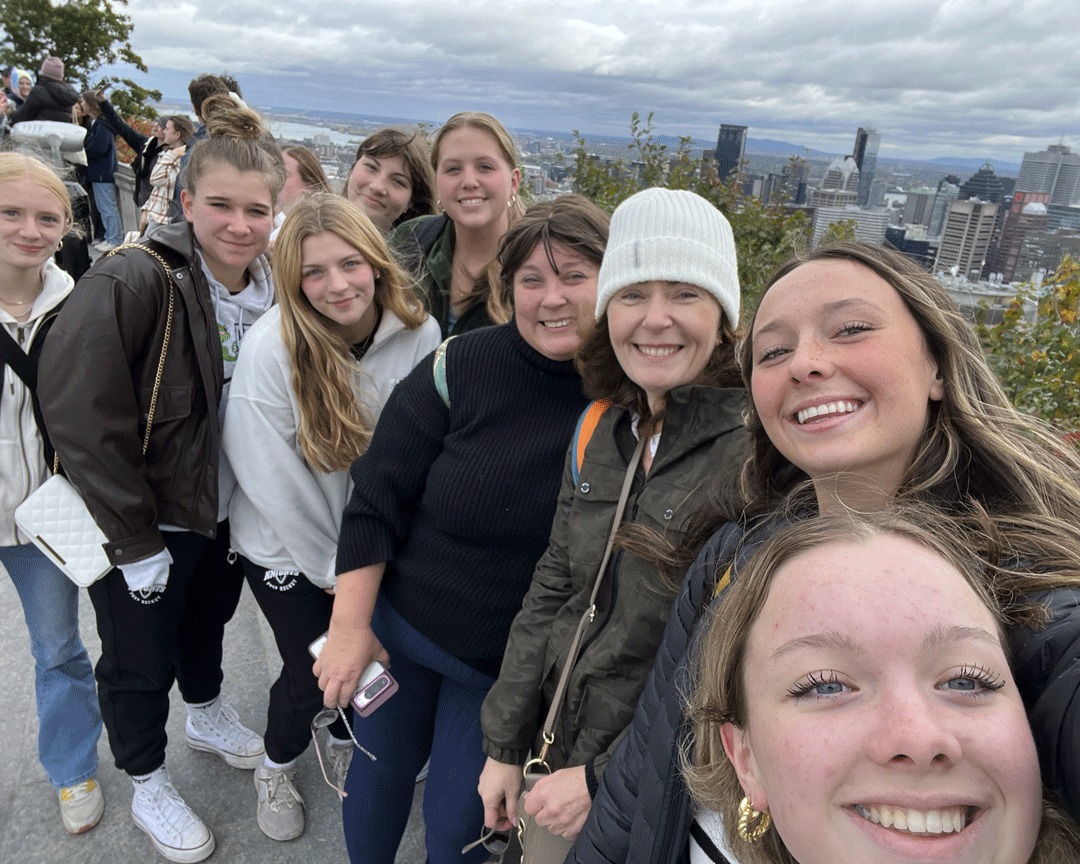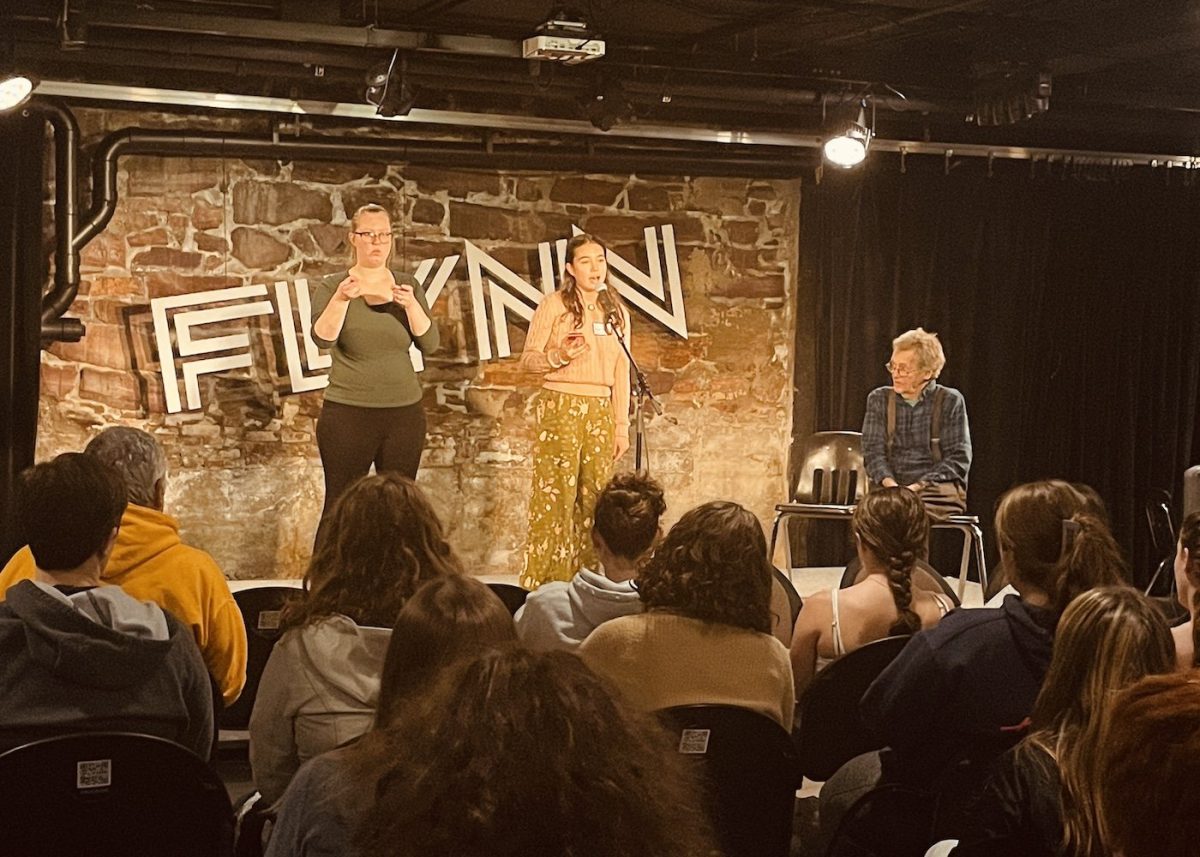National Hispanic Heritage Month is a month of celebration and recognition that begins on September 15th and lasts until October 15th. There are around 63.7 Hispanic people in the United States, making this a month that celebrates a significant portion of the US population and a larger population globally.
Hispanic is the designation for those who have ancestry from a country whose primary language is Spanish. There are over 21 counties in which Spanish is a spoken/recognized language, including Spain, Mexico, Cuba, Puerto Rico, the Dominican Republic, Guatemala, El Salvador, Honduras, Nicaragua, Costa Rica, Panama, Colombia, Venezuela, Ecuador, Peru, Bolivia, Chile, Argentina, Paraguay, Uruguay, and the Equatorial Guinea in Africa.
This month is intended to be a time of reflection on and celebration of the many achievements and accomplishments made by under-highlighted voices in the United States. From things like medical advancements to civil rights accesses, Hispanic people have made significant contributions to the United States for years.
National Hispanic Heritage Month was originally a week long but was expanded into a month-long event in the late 1980s. Despite it being a long-established dedication, it is still struggling to gain recognition and observance in many parts of the United States.
One teacher, Juan Garcia Urbina, affectionately known as “Senor Garcia” or simply “Juan”, is personally touched by this celebration. Juan is originally from Colombia and now teaches Spanish at Rice Memorial High School. He wants to expand awareness surrounding National Hispanic Month, especially within his classes.
“One of the reasons the program is designed as it is, it’s so we can integrate not just the language as it is, but also the culture and the cultural awareness that comes with it,” Juan stated. He wants students to be more aware of the rich and diverse culture of Hispanic people.
In Juan’s Spanish 4 and 5 students have been watching a documentary called VOCES: American Historia: The Untold History of Latinos. Students also created posters about different parts of Hispanic culture, such as music, literature, food and drink, and more. These posters are displayed in the science wing and downstairs academic wing.
“At first I was like, wow this is kind of lame, there’s nothing interesting,” Spanish 5 student Sergio Sotomonte-Hammond shared of his experience, “and then I started learning stuff and I was like, wow.”
Sergio is also personally touched by this celebration as he is very proud of his Hispanic heritage. Sergio’s parents hail from Colombial.
Juan, along with students like Sergio, hope that this month can dispel beliefs of “wild savage” people and instead bring more awareness to the sophisticated cultures and advancements of Hispanic people.
“I want people to know about how advanced [these] people were,” Sergio mentioned, when asked about what he wants people to learn about specifically. “It’d be cool if people learned about [the fact that] we weren’t like little wild savages, like I thought.”
Next time you turn on a water tap, remember the Inca Empire, who had plumbing long before any colonial house did.
